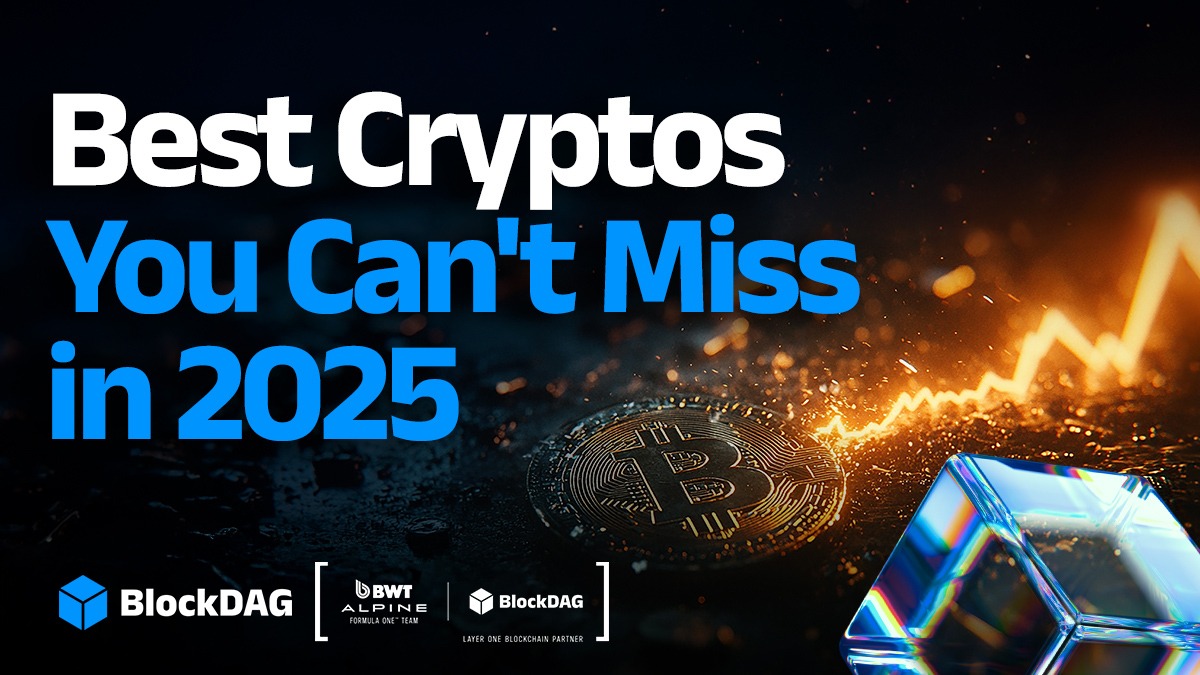Iranian bank crisis underscores Bitcoin’s role as financial hedge
Iran’s financial system just suffered one of its most dramatic implosions in years. The country’s Central Bank declared Ayandeh bank, one of its largest private lenders, bankrupt and its assets were absorbed by the state.
Founded in 2012 with over 270 branches nationwide, Ayandeh bank had accumulated $5.2 billion in losses and nearly $3 billion in debt, according to Asharq Al‑Awsat. The state‑owned Melli Bank has now absorbed its assets, promising depositors their savings are “secure.” But Iranians have learned to temper such assurances.
According to Reuters, Iran’s economy is now teetering under simultaneous hyperinflation and severe recession, squeezed further by a snapback of U.N. sanctions and a collapsing rial. Lines quickly formed outside shuttered Ayandeh branches in Tehran, echoing scenes from past crises.
For ordinary Iranians, the real fear isn’t corporate losses, it’s access. Insured deposits in Iran are capped at just 1 billion rials (roughly $930) and payout processes can take years. Those holding more may never see their money again.
A familiar story of fragility
Iran isn’t alone. Around the globe, central banks have stepped in to cushion financial chaos, often too late for depositors caught in the wrong institutions. In the United States, the shock failures of Silicon Valley Bank, Signature Bank, and First Republic Bank in 2023 became the biggest cluster of collapses since 2008. Even as the FDIC and Treasury guaranteed deposits, thousands of startups, small businesses, and uninsured clients were left scrambling.
According to a Morningstar report published in October 2025, U.S. regional banks continue to show growing signs of financial stress, even after boosting reserves and shoring up deposits following the 2023 banking crisis. Delinquencies and loan defaults are rising amid persistent inflation, elevated borrowing costs, and losses tied to lower‑income borrowers.
Although balance sheets are stronger on paper, confidence remains fragile. Market volatility this quarter pushed bank stocks lower before a partial recovery on better‑than‑expected earnings. Analysts now expect a new wave of regional bank mergers and acquisitions as larger players move to absorb weaker rivals.
The Ayandeh bank collapse follows years of poor governance and opaque loans to politically connected projects, including the debt‑ridden Iran Mall mega‑complex. More than 90% of the bank’s funds reportedly went to affiliated companies that never repaid.
Ayandeh bank makes the case for seizure‑proof money
What makes these crises rhyme isn’t the geography or ideology; it’s the fragility of trust. Whether in Tehran or San Francisco, savers face counterparty risk every time they deposit funds into a system dependent on state rescue.
Bitcoin flips the script completely. It doesn’t ask you to trust a central authority because there isn’t one. There’s no bank to freeze your funds, and no government to quietly inflate your savings away. It operates beyond borders and politics, moving freely where traditional finance cannot. When banks fail, the promises behind your account balances vanish overnight. But when you hold Bitcoin yourself, there’s no counterparty, just math. And math, unlike governments or banks, doesn’t break its word.
The Ayandeh bank collapse isn’t a local tragedy; it’s a global warning. Bank failures, capital controls, and confiscations eventually follow financial repression, wherever it arises. For millions watching savings vaporize through no fault of their own, Bitcoin isn’t speculation anymore. It’s insurance against the system itself.
The post Iranian bank crisis underscores Bitcoin’s role as financial hedge appeared first on CryptoSlate.
Disclaimer: The content of this article solely reflects the author's opinion and does not represent the platform in any capacity. This article is not intended to serve as a reference for making investment decisions.
You may also like
Ethereum News Update: Whale’s $5 Million ETH Short Triggers Discussion: Sign of Bearish Conviction or Leverage Gamble?
- A crypto whale deposited 5.058M USDC on Hyperliquid to short ETH with 10x leverage, signaling strong bearish sentiment. - The leveraged position highlights risks in volatile markets and regulatory uncertainty, per CryptoAnalysis and Trading Insights reports. - Analysts debate whether the move reflects market confidence in bearish trends or warns of leverage-driven volatility amplification.

Ethereum Updates: Major Investor's Bold Margin Strategy Aims to Weather Market Fluctuations
- A crypto whale known as "100% Win Rate Whale" has increased short positions in Bitcoin and Ethereum amid volatile markets. - The whale injected 1 million USDC into a BTC short position, raising its liquidation price to $118,409 with $4.07M unrealized losses. - A $14.27M ETH short position at $4,120.06 entry price highlights the whale's significant exposure to Ethereum's price swings. - Analysts emphasize the whale's defensive margin management strategy rather than directional bets, underscoring risks of

Top Cryptos with Most Potential: BlockDAG, Dogecoin, Pepe, and Shiba Inu Gain Momentum

Solana News Today: Grayscale Connects Conventional Finance and Blockchain through Solana Trust
- Grayscale launches GSOL, the U.S.'s largest publicly traded Solana spot fund, offering direct SOL token exposure and staking integration. - Solana's network generates $425M monthly fees, supports 500+ dApps, and maintains 1,000+ active developers, reinforcing institutional confidence. - Regulatory progress includes Hong Kong's Solana ETF approval and U.S. applications, while SOC certifications enhance staking security for risk-averse investors. - Despite recent price dips, Grayscale highlights Solana's u

